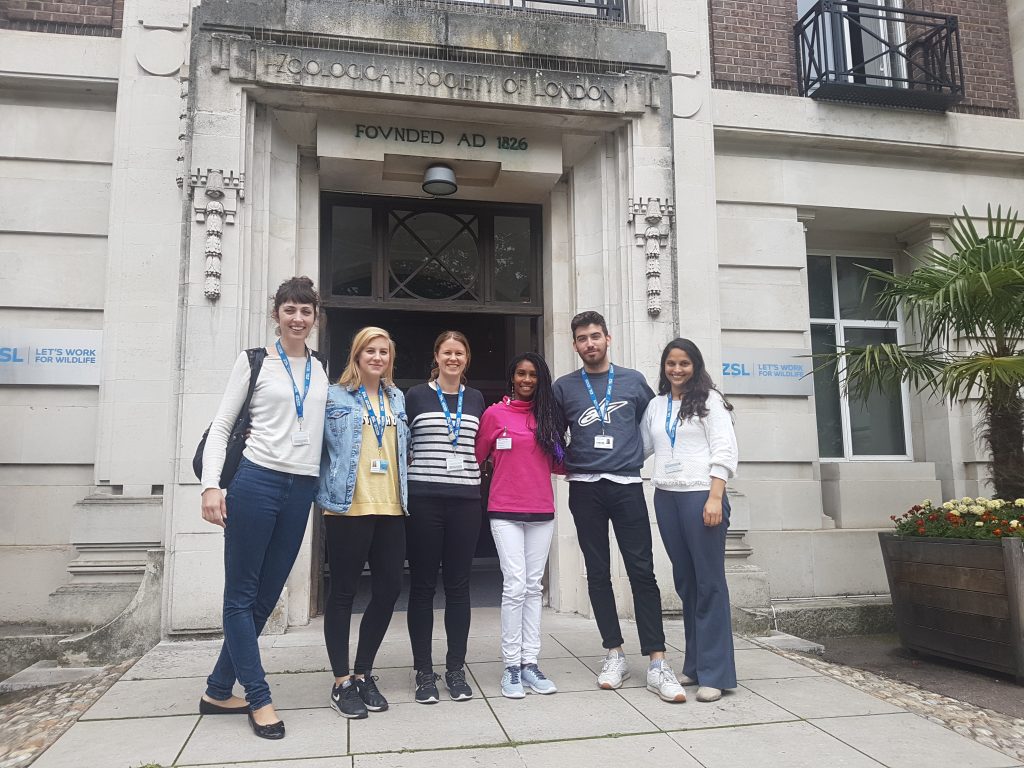“Why was this allowed to happen?” “Why did nobody do anything?” “What are you doing today to prevent this from happening again?”
Those were innocent questions that I was asking to my teacher during a class in elementary school. The topic, you may ask, was about the extinction of the dodo. I remember that I was not really pleased with the answers.
Nothing was done? Then…”when I grow up, I will make a difference”
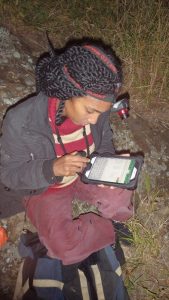
In April 2017, I visited a school in the west coast of Mauritius to teach about my work as a conservation biologist at the Mauritian Wildlife Foundation (MWF).Albert Einstein once said, ‘example isn’t another way to teach, it is the only way to teach’. I like to give a twist to this quote and make it mine, ‘be the example of what you want to teach’. Saying so, one aspect of my Segré EDGE Project that I like the most is being able to share my work with children on the Conservation of the Round Island Keel-scaled Boa by showing them what I do by using myself as an example.
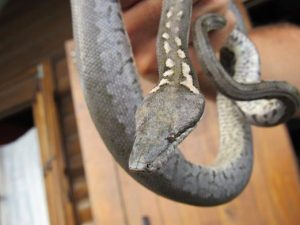
As you may have noticed from my previous blog I love a classic story, one that begins with ‘once upon a time’. So there were no better ways for me to raise children’s awareness towards this unique threatened species of snake rather than telling a story. Through the story children were exposed to the past, the present and the uncertain future of this snake, if nothing was done to prevent its extinction. They also learnt about the work that is currently in action to protect the snake and other endemic animals of Mauritius from extinction. The children were also told about the different organisations that are providing the support to the project, such as the MWF, EDGE, Durrell Wildlife Conservation Trust and National Parks and Conservation Service. Throughout the story they were introduced to some scientific terminologies, like extinction, endemism, exotic etc., to help them build and understand terminology used so frequently in conservation. Questionnaires based on these scientific terms were given to the children before and after the day’s activity to evaluate their understanding. I was happily surprised to see how much they learnt in only one day and how much they care about nature. They gave me hope and faith in future conservation work.
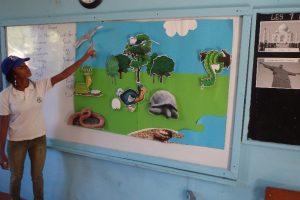
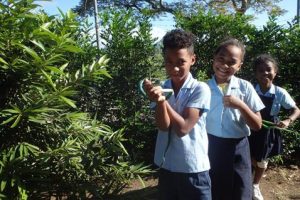
Don’t you surprise yourself sometimes by remembering a song from your childhood? For this reason, we concluded the school activity by learning a jingle that I wrote in my native Creole language. A song that they could refer to the 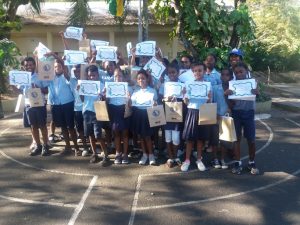
Becoming an adult we tend to forget how powerful children’s dreams can be. Children do not care for success or failure; they just live as they believe. We simply need to ignite the flame, inspire their work and expose them to the perfect environment. Give them knowledge and let their imagination do the rest, then wait and see the direction they wish to take.
ZSL’s EDGE of Existence Programme is kindly supported by Fondation Segré, investing in the next generation of conservation leaders.
Related blog posts
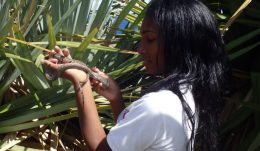
The last of its kind: bringing the boa back from the EDGE
Once upon a time on an island in the Indian Ocean named Mauritius, there were two unique species of snakes belonging to the Bolyeridae…
